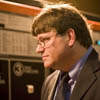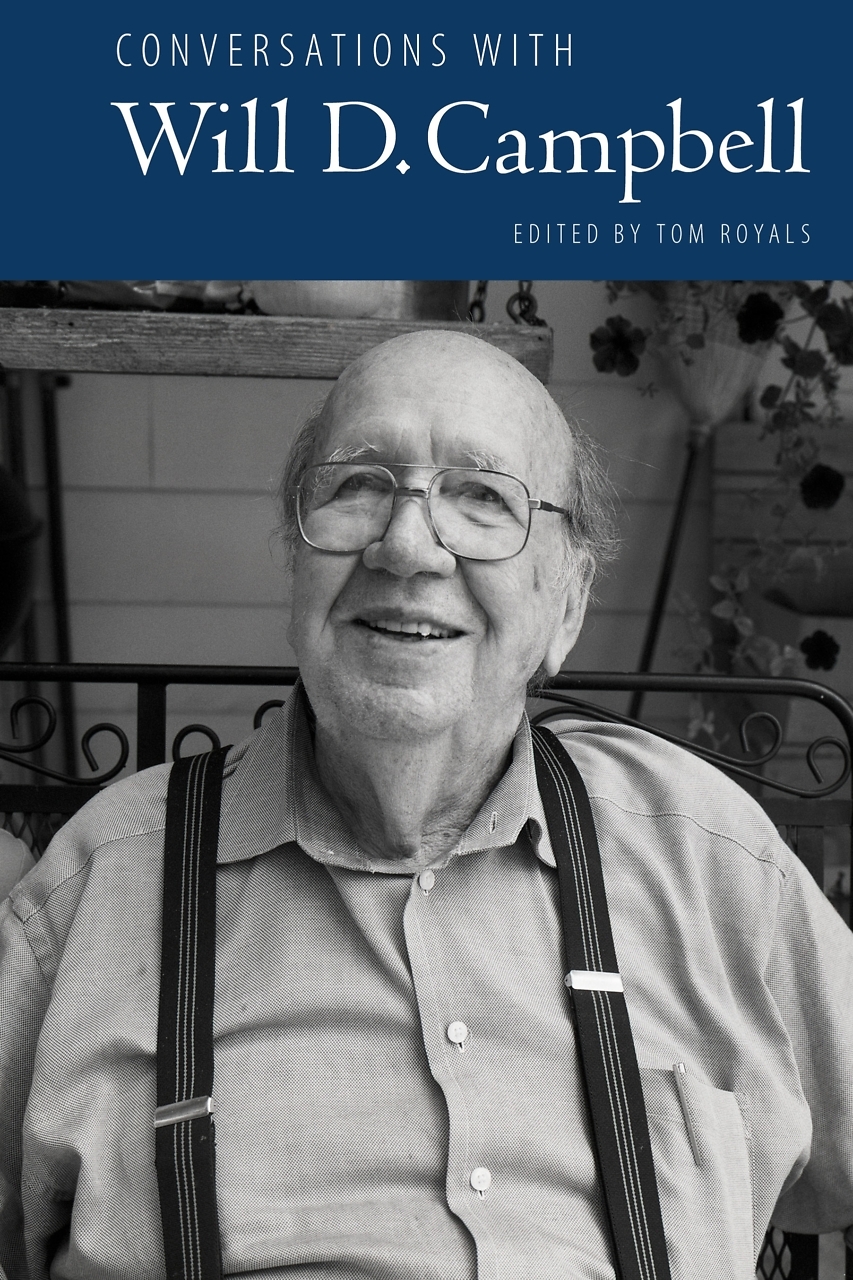One Giant Step Back
Margaret Lazarus Dean bids a nuanced farewell to American spaceflight
One Sunday in July 1971, when I was eleven years old, my father loaded our family into an aging speedboat with an iffy motor and set out from our home in Ormond Beach, Florida, for what was then called Cape Kennedy. We were heading south, sixty miles down the Intracoastal Waterway, so we could watch NASA launch Apollo 15. After a long meandering journey through lagoons and inlets, we docked in Titusville and spent the night with a relative. The next day, anchored amid a flotilla of spectators in the Indian River some ten miles from the space center, we witnessed the awesome power of a Saturn V from close enough to see the crew compartment that carried three men toward the moon.
 As the rocket thundered through the blue Florida sky, I felt bound to a national pride in the space program. A year and a half later, the moon landings ended. In 1986, when he was nine, my younger brother experienced a different sort of life-changing moment: his fourth-grade class walked out to the P.E. field to watch the Challenger carry a schoolteacher—the first civilian chosen to fly in space— into orbit. Instead the children and their teacher watched in stunned silence as pieces of the exploding space shuttle rained into the Atlantic.
As the rocket thundered through the blue Florida sky, I felt bound to a national pride in the space program. A year and a half later, the moon landings ended. In 1986, when he was nine, my younger brother experienced a different sort of life-changing moment: his fourth-grade class walked out to the P.E. field to watch the Challenger carry a schoolteacher—the first civilian chosen to fly in space— into orbit. Instead the children and their teacher watched in stunned silence as pieces of the exploding space shuttle rained into the Atlantic.
Sometime between these moments in my life and my brother’s, between the thrill of the Apollo landings and the horror of the Challenger disaster, attitudes toward manned spaceflight and the very meaning of space exploration shifted in the public psyche. The risk and the cost of space suddenly seemed too great. Astronauts were no longer famous; space was at once boringly routine and increasingly dangerous.
This shift lies at the heart of Leaving Orbit: Notes from the Last Days of American Spaceflight by Margaret Lazarus Dean, an associate professor of creative writing at the University of Tennessee in Knoxville. The book is both a stirring eyewitness account of the final launches of the three surviving space shuttles in 2011 and a thoughtful, eloquent meditation on the nation’s loss—at least for the immediate future—of its capacity to send humans into space. Dean’s first book, The Time It Takes to Fall, is a coming-of-age novel about a young Cape Canaveral girl obsessed with the final Challenger launch. In Leaving Orbit, Dean describes how writing the novel led her to meet the actual Buzz Aldrin, as well as a second-generation NASA technician named Omar Izquierdo, both of whom become important characters in Leaving Orbit.
Aldrin and Izquierdo were the inspiration behind Dean’s commitment to the long drive from Knoxville to the Kennedy Space Center so many times—repeated journeys that included not only the final three shuttle launches but also a few failed launch attempts. She would leave her three-year-old and her husband (novelist Christopher Hebert), find colleagues to cover her classes, and rely on music and books on tape to keep her alert. Finally she would hit the confusing maze of causeways and lagoons that mark Cape Canaveral, which still looks much as it did when Ponce De Leon named it in 1513, as she points out.
Dean’s enthusiasm for these trips is infectious, her ability to describe the places and people she encounters superb. Even readers who have no particular interest in space cannot help but be swept into her obsession. Consider, for example, the way Dean decimates the conspiracists who believe the moon landing was a hoax:
It’s the condescension in the conspiracist’s smirk that drives me insane. The smirk makes me a credulous dupe, one of the clamoring naïve who believes the bedtime story. The conspiracists want to erase from the official record the achievement that some call the greatest achievement of the United States, the greatest achievement of the twentieth century, the greatest achievement in the history of humankind.
Because Dean is a writing teacher, she brings along many books on her trips to the shuttle launches, including famous works about the Apollo era by Tom Wolfe and Norman Mailer. Later, when she introduces these authors to her students, she begins to understand why the space shuttle could never hope to ignite the public’s imagination in exactly the same way:
As we go on discussing Tom Wolfe and Norman Mailer and the New Journalism and the way in the sixties everyone thought they were reinventing everything, the optimism embodied in redefining literature once and for all, the optimism of sending humans to space, two things become clear to me: my students did not grow up with the same idea of the sixties that I did. … Their ideas of spaceflight are not attached to the sixties as a historical era, as they are for my elders and me.
Dean becomes appalled to discover how bad the public imagination has become, how truly little her students—and by extension their generation—know of the history and reality of manned spaceflight. They imagine that NASA claims twenty percent of the federal budget, rather than the 0.4 percent the U.S. actually spends on the study of space. They think the shuttle went to the moon and Mars. This knowledge colors her thoughts as she watches the final, flawless launch of the shuttle Atlantis, and, thirteen days later, its flawless return to the space center.
 She watches the Atlantis from the same press area where legendary writers have stood before her: “Now that a certain sense of history is catching up to those at my end of the rope,” she writes, “it seems more and more clear to me that what Norman Mailer and I saw could not have been more different. What he saw was a moment that felt like it was going to be the start of an era. … For as long as I’ve been alive that idea has been demonstrably false. But on the morning of the launch of Apollo 11, even the gruffest, most cynical of Americans, even Norman Mailer himself, could inhabit that optimism for a moment.”
She watches the Atlantis from the same press area where legendary writers have stood before her: “Now that a certain sense of history is catching up to those at my end of the rope,” she writes, “it seems more and more clear to me that what Norman Mailer and I saw could not have been more different. What he saw was a moment that felt like it was going to be the start of an era. … For as long as I’ve been alive that idea has been demonstrably false. But on the morning of the launch of Apollo 11, even the gruffest, most cynical of Americans, even Norman Mailer himself, could inhabit that optimism for a moment.”
In February 2003, a tile on the Columbia—dented by a piece of falling ice at liftoff—failed during re-entry, causing the shuttle to break apart over a large swath of the United States, killing all seven astronauts aboard. When I heard that NASA was seeking volunteers to help collect pieces of wreckage, I drove to a makeshift camp in East Texas where I was soon assigned to walk across a boggy field with about thirty other people, all of us carrying plastic baggies into which we put tiny bits of tile and wire that we found in the mud.
Dean writes that the Columbia disaster was the “beginning of the end” for the shuttle program. I think I sensed that ending, too, as I gathered those small pieces of Columbia and put them into my bag that day. I wondered what the end would mean. Now, thanks to Leaving Orbit, I know.

Michael Ray Taylor teaches journalism at Henderson State University in Arkadelphia, Arkansas. He is the author of several books of nonfiction and coauthor of a forthcoming textbook, Creating Comics as Journalism, Memoir and Nonfiction.


